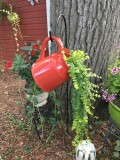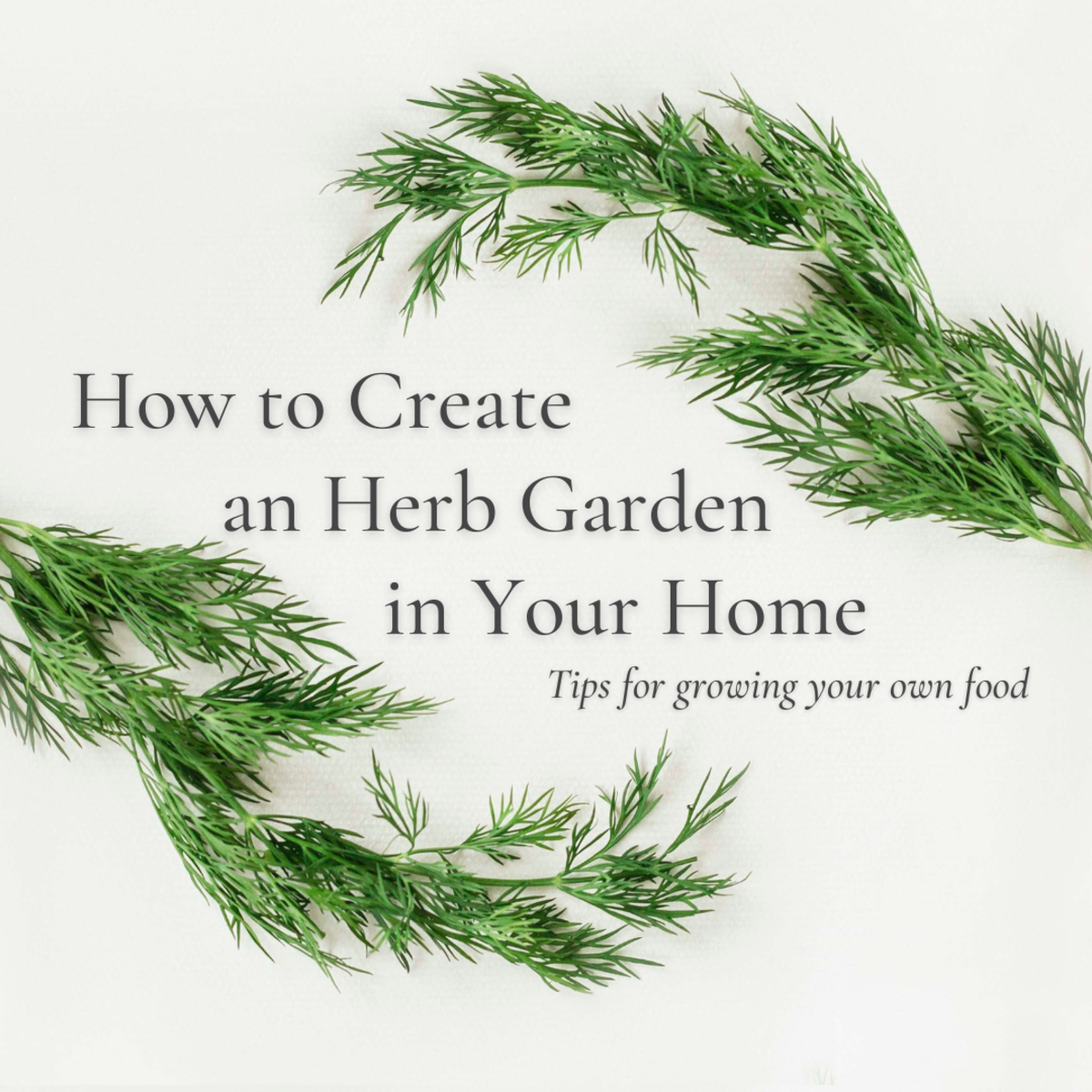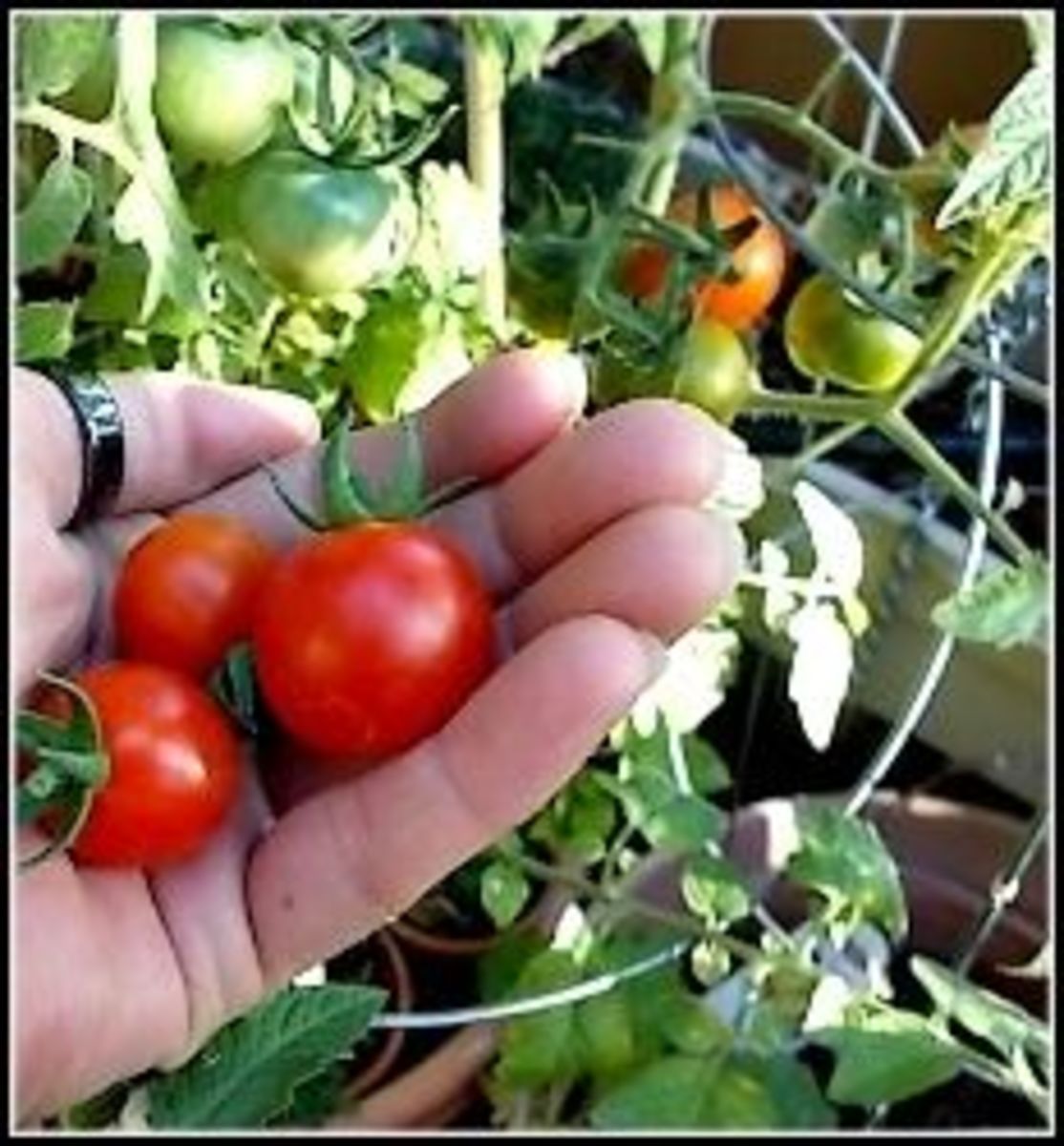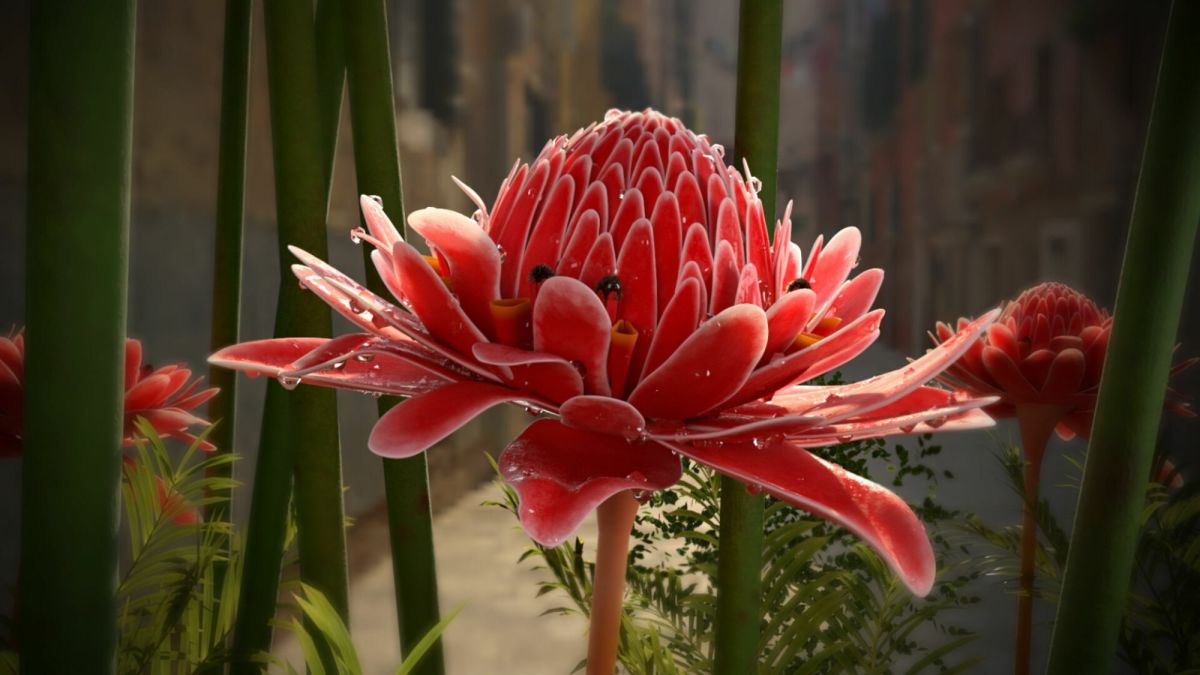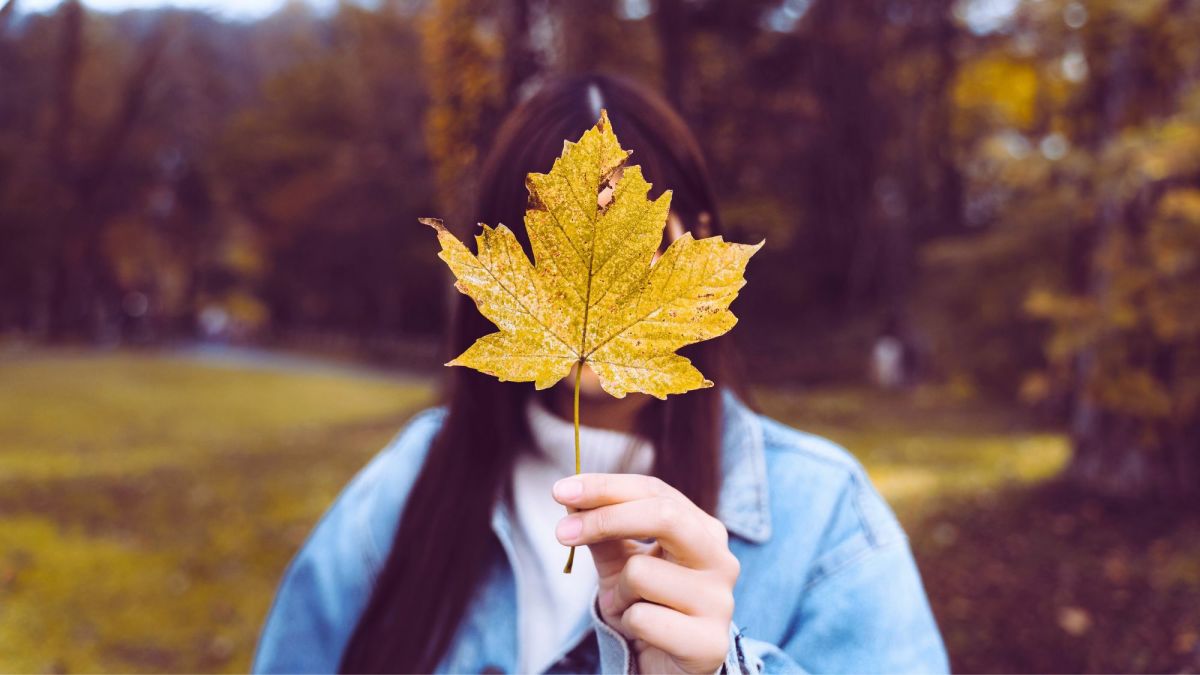Herb Gardening Tips
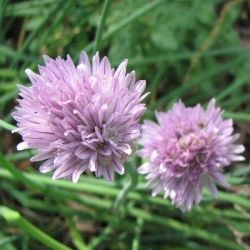
Growing Fresh Herbs
Fresh culinary herbs add so much flavor to foods, but they can be quite expensive in the grocery and there is always the question of what chemicals were used in growing them. The solution to this dilemma is to grow your own.
Growing herbs such as basil, rosemary, thyme, oregano, lemon balm, mint and sage can be done in the backyard, on a patio or in an apartment. All you need is a container with well-drained soil or a garden plot in sun and you're halfway there.
Chives photo and others on this page by Y.L. Bordelon, All Rights Reserved.
Culinary Herbs are Easy to Grow
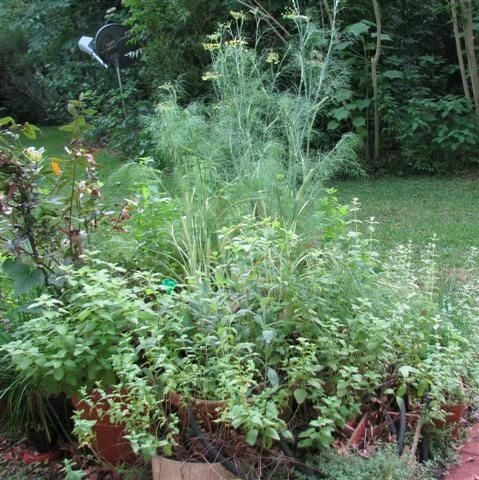
Most herbs are easy to grow and can be grown in the ground or in pots. Of course, an herb garden, especially one located near the kitchen is ideal, but in the deep south, where we live, it is difficult to grow some herbs in the ground. The weather is just too hot and humid during summer and often is too wet in spring.
So I grow those dry climate and Mediterranean herbs like thyme, rosemary, oregano and others in large pots containing well drained soil mixed with soil polymers. The soil polymers retain moisture in the soil during periods of drought so I don't have to water as often. We also have a drip hose woven around in the pots so that when we do have to water, it all goes to the plants. The container herb garden is located right by the kitchen door, so that I can step out and snip off fresh leaves whenever I need them.
We are lucky to have four French Bay Laurel bushes that were on the property when we bought it. We had to put them in pots because some pine trees had to be cut and we didn't want to crush them. They are still in large pots, because we can't decide where to plant them. Down here they become rather large bushes when put in the ground. They grow nicely in containers if given enough water.
Herb Primer
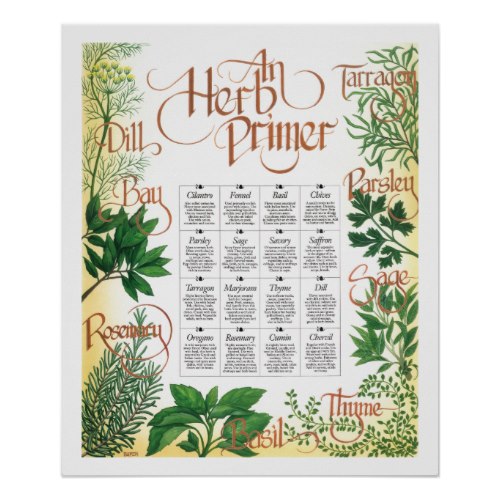
Southern Herb Growing
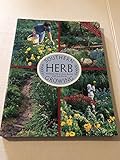
Fennel Flowers and Young Seeds
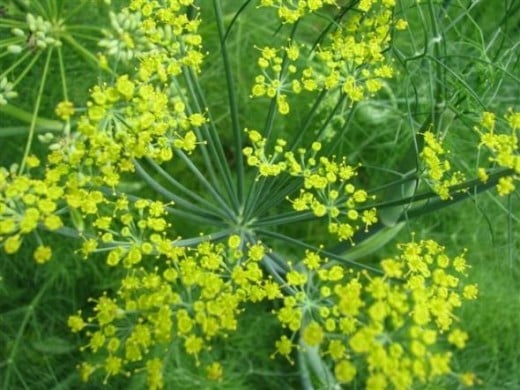
Herbs We Grow
Some of the herbs that we have been successful in growing in containers are:
- Rosemary, Rosmarinus officinalis
- Oregano, Origanum vulgare
- Thyme, Thymus spp.
- Sugar Plant, Stevia spp.
- Lemon Balm, Melissa officinalis
- Borage, Borago officinalis
- Bay Laurel (Bay leaf), Laurus nobilis
- Chives, Allium schoenoprasum
- Garlic Chives, Allium tuberosum
- Basil (several kinds), Ocimum spp.
- Several kinds of Mint, Mentha spp.
- Fennel, Foeniculum felicinum
- Parsley (Italian), Petroselinum
- Catnip, Nepeta cataria
- Summer Savory, Satureia hortensis
- Chamomile (German), Matricaria chamomile
- Dill, Anethum graveolens
- Common Sage, Salvia officinalis
Garden Sage
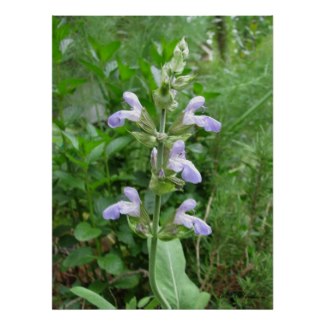
One of the benefits of growing herbs in containers is that you can place them in a sunny spot near your kitchen door. We also have a vegetable and herb garden a distance from the house, but it is much more convenient to be able to step out of your door and cut fresh herbs.
Another plus of planting in large containers is that you don't have to bend so far. Even the elderly or handicapped can gather their own herbs and tend the plants.
Herbs for Beginners - Module 1 History of Herbs
Herb Seeds
Many herbs (especially the annuals) grow easily from seed. Seed is also the most economical way to start and herb garden. Here are a few of our favorites which grow well from seed.
Herb Plants

Soil Polymers Retain Moisture
Since I've been using soil polymers, I have been able to grow all sorts of herbs and even vegetables in containers. The polymers retain water and then release it to the plants when the soil drys. This reduces the need to water during dry spells.
How to Plant a Potted Herb Garden
I hope that your herbs grow tall and are filled with flavor.
Salvia Lambs Ear and Lavender
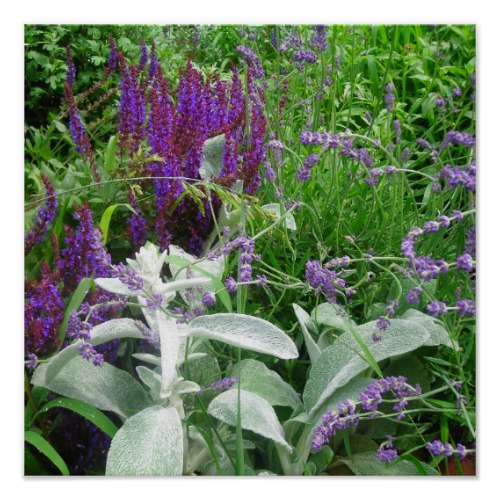
More About Growing Herbs
- Eight Herbs for Your Perennial Herb Garden
An illustrated guide to growing eight favorite perennial herbs. These common essential culinary herbs will grow year after year, giving you a fresh supply of herbs for your kitchen.
© 2009 Yvonne L B


